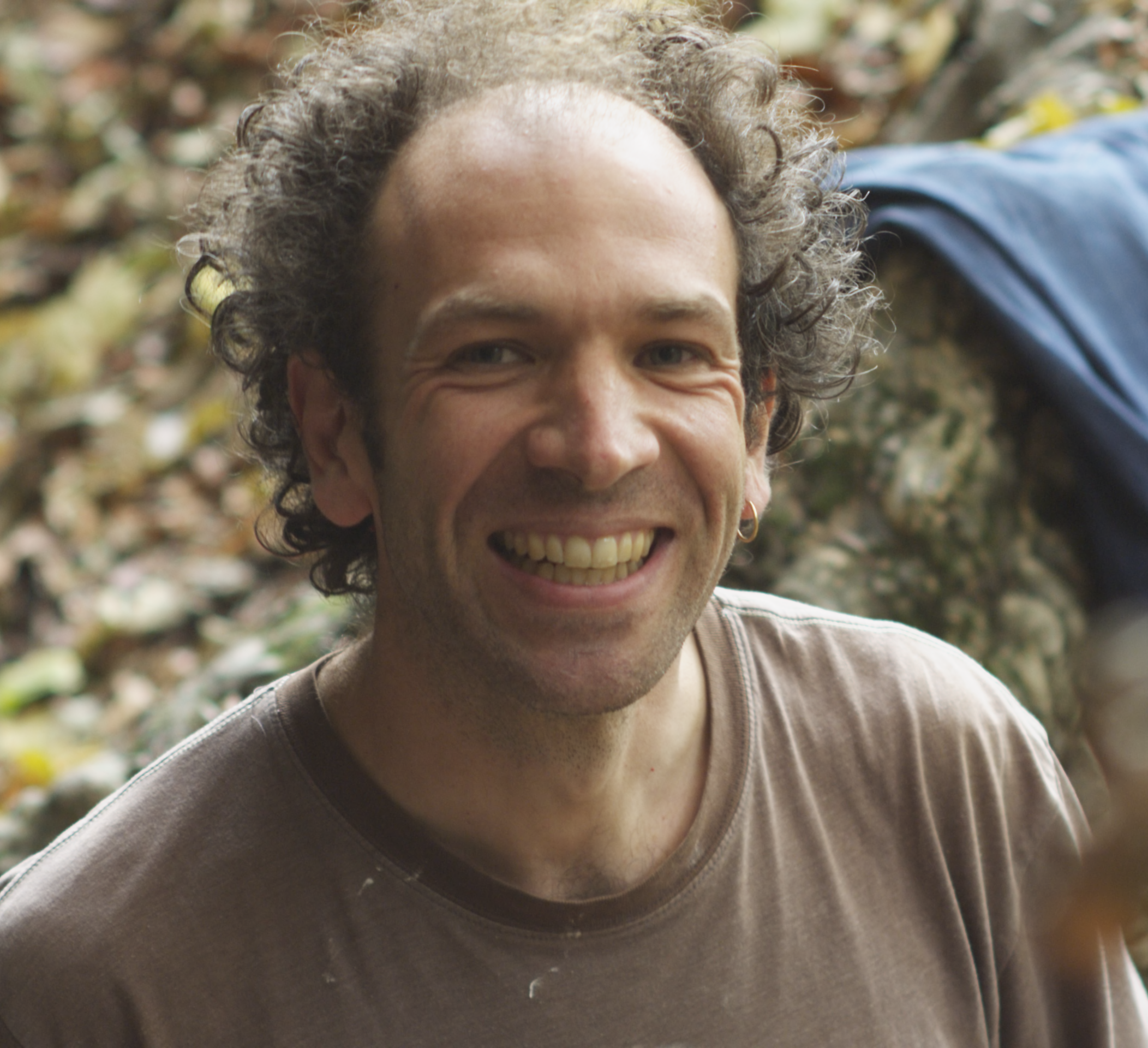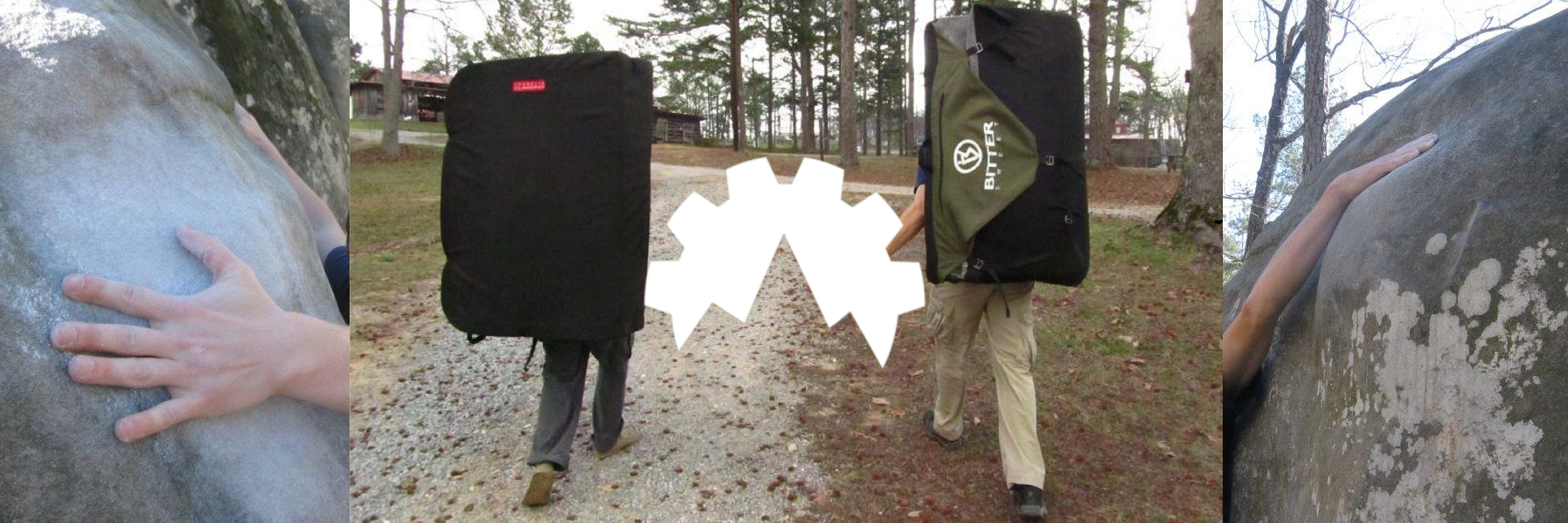Grades.
With every new grade, comes new debate. Which problem was the first? How much harder than the benchmark does something need to be before it deserves a new number? It’s the devil of attaching numbers to subjective things, and the dance between ego (I want a big number to be famous) and humble-ego (I’ll take the small number to not stick my neck out, if someone calls me a sandbagger and upgrades I still “win”).
The next two three articles are going to discuss the most recent bouldering grade to solidify, 8C+ a.k.a. V16. I’m writing about bouldering because its what I know, and route grades have their own drama – if you want the history on that, consider “The 9th Grade” by David Chambre, its pretty amazing and we’ll review it as soon as I can finish reading its 300 pages.
Mandatory Disclaimer: None of the grades represented here are my own. I’ve never climbed any of these problems, and therefore I have no ability to have an opinion, I am merely reporting (with links where I can) the opinions of others. When I say something “was downgraded”, I just mean later ascentionists have suggested a lower number, and not that its some official judicial ruling from over here in my armchair.
Second Editor’s Note: Fixed the 8a.nu links, but you will need to sign in to Vertical Life to view the ascents.
********************
The first boulders that we know as V9/10 were put up in the the John Gill Era, by Gill who preferred ‘B’ Grades. V11-V13 was potentially climbed as far back as the mid-late 70s by Jim Holloway.
 |
| Pat Ament captured this rare image of crushing incarnate |
Both pre-dated the existence of V-grades by more than a decade, and the original Hueco guidebook that gifted us with Vermin grades topped out at V9 anyway. Holloway’s hardest boulders have stood the test of time as follows:
Meathook – Meathook is right there on the Eliminator Boulder in Horsetooth Resevoir, home of early John Gill classics. John Sherman spoke of this climb with reverence and noted the he, Scott Blunk, and Steven Mammen made early repeats from a hold partway in (see: Sherman Exposed – Pumping Sandstone). There are some who say this has never been repeated, but Dave Twinam’s repeat (with different beta) gets a nod from Scott Blunk. As far as I can tell, nobody has repeated it in Jim’s original method.
Trice – This is an odd one. After decades, it suddenly saw a rash of repeats, starting with Carlo Traversi who commented that it checked in around V12. Some cried as Carlo and many other repeaters used a high pocketed foot Jim didn’t (he’s quite tall), and whined and whinged about other allegations that proved unfounded (love the internet). Its worth noting that the man mentioned in the next paragraph did repeat it with what was likely the O.G. Holloway beta.
Slapshot – Jim called this the hardest of the three. A desperate dyno to a high seam that’ll send you rolling backwards if you miss. At some point the start hold broke and may or make not have been glued back on upside down…, it stands unrepeated as of the time of this writing.
********************
Lets shift our focus past that. As I discussed earlier, somewhere north of V10, due to the Fred Nicole effect, the V and Font grading scales fell into lock-step, one increment of each became equal in size, so I’m going to use them one-for-one interchangeably. Fred Nicole was the first to propose boulders with grades of 8B, 8B+, and 8C (V13-15).
 |
| Climbing is his life, and life is good. Photo: Chuck Fryberger |
8B/V13
La Danse des Balrogs – 1992 – This is one of the climbs that got Fred on the map, as the first proposed 8B in the world, located in Branson. Like so many other boulders, it seems there’s been some new beta found that leave the consensus somewhere between 8A+ and 8B. I have to chuckle as one repeater says “first 8B, ironically its soft” – I would imagine that unless there is a large leap in ability, the first of a grade would be the “softest”, i.e. the easiest thing that tips over the line into the next grade.
Seeing as how Trice settled at V12 and Jim thought Slapshot was harder, could Slapshot be the first V13? Fred himself went to look at the boulder in 2008 but only spent one session on it.
8B+/V14
Radja, 1996 – 8B+ first appeared when Fred climbed this line, also on the boulder in Branson. It can seen at the end of the film “boulder!” by Udo Neumann, or the clip here on YouTube since the great udini was nice enough to upload it. Recent repeaters seem split on whether its 8B or 8B+, seemingly dependent on if they use Fred’s original sequence or a newer sequence.
Nanuk, 1997 – If Radja is 8B (this decision I leave to the reader – go send it and weigh in with your opinion), the next contender is Klem Loskot’s Nanuk. If you’re somehow unfamiliar with Klem’s resume, read this profile– the dude is a boss. Nanuk went 15 years without a repeat, and all opinions thus far seem to weigh in at 8B+. Hard stuff, but when you’re 6 foot and 190 pounds of pure awesome, you can bend boulders to your will.
8C/V15
Dreamtime, 2000 – Every 4 years, Fred showed up and gave us a new grade, and 2000 was no different, sending Dreamtime in Switzerland. Those who repeated it early cemented themselves as the best of the time: Bernd Zangerl, Dave Graham, Chris Sharma, Christian Core, Thomas Willenberg, James Litz…. Expect to see some of those names elsewhere on this list.
Not without drama, sometime around 2004, suggestions that Dreamtime was only V14 started to surface, either that it was always V14 with the right beta, or that it’d be aggressively brushed, or even chipped, and debates on when it was chipped. In 2009 the pinch one dynoed to was found broken off. If I read correctly, Adam Ondra was the first to repeat after, maintaining it was still V14, with repeaters since split on the number.
Sleepy Rave, 2000 – Hollow Mountain Cave is a special place, visited by international strongmen linking longer and longer lines together. When you add two boulders together, does 1+1=2? 1.5? 3? Below is a table that details the 7 (important) individual boulders in the cave, and 4 of the 5 important combinations – good luck working out the math (these were the grades circa 2000). Dai Koyamada linked Fred Nicole’s Sleepy Hollow (V13) end to end with Klem Loskot’s V13/14, Cave Rave, creating the V15, Sleepy Rave. This boulder’s fate will be discussed in Part 2 of this series.
|
1
|
X-Treme Cool (Loskot, 1999)
|
V9/10
|
|
2
|
Sleepy Hollow (Nicole, 2000)
|
V12/13
|
|
3
|
Cave ManCave Girl (Loskot, 1999)
|
V9
|
|
4
|
Cave Bitch
|
V12
|
|
5
|
Dead Can’t Dance (Loskot, 1999)
|
V12
|
|
6
|
Rave Heart (Loskot, 1999)
|
V8
|
|
7
|
Wimmenfriedhof (Loskot, 1990)
|
V5
|
|
3+5 w/ Exit via 6
|
Cave Rave (Loskot, 1999)
|
V13/14
|
|
3+5 w/ Exit via 7
|
Eve Reve (Nicole, 2000)
|
V14
|
|
4+5 w/ Exit via 6
|
Pretty Hate Machine (Wringley, 2000)
|
V13
|
|
2+3+5 w/ Exit via 6
|
Sleepy Rave (Koyamada, 2000)
|
V15
|
New Base Line, 2002 – Being the second ascentionist of Dreamtime, Bernd Zangrel added this to the 8C pile in nearby Magic Wood. No surprise that Fred Nicole made the earliest repeat, followed by Dave Graham who at the time said it could be 8B+ or 8C, and has since adjusted his opinion to “Normal 8B+”, as has everyone since from what I can tell.
 |
| I forgot to mention – it is also on the Dreamtime boulder |
.
.

